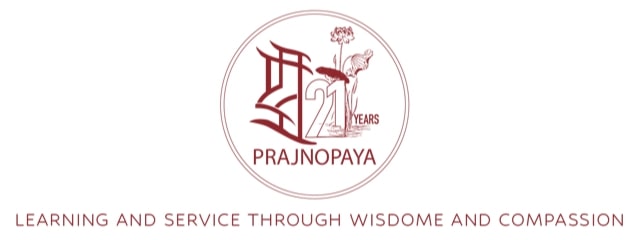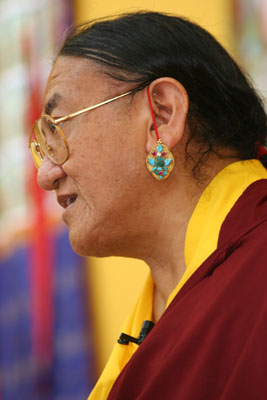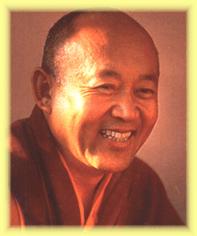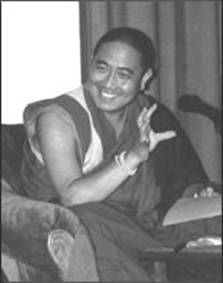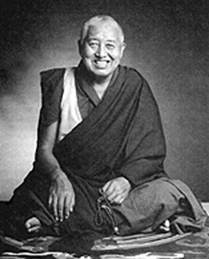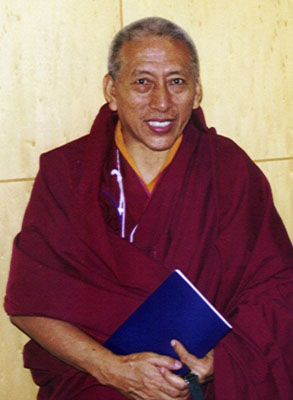Chief Patron – His Holiness the 14th Dalai Lama of Tibet, Tenzin Gyatso
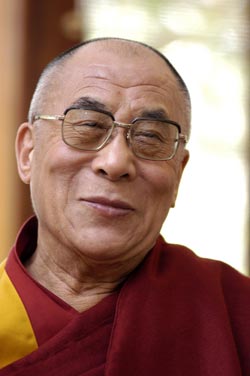
“…genuine happiness consists in those spiritual qualities of love, compassion, patience, tolerance and forgiveness and so on. For it is these which provide both for our happiness and others’ happiness”
His Holiness the Dalai Lama is distinguished as a leading proponent of human rights and world peace. As the head of state and spiritual leader of the Tibetan people, his efforts to end the suffering of the Tibetan people have earned him international respect. In 1989, His Holiness accepted the Nobel Peace Prize on the behalf of oppressed everywhere and all those who struggle for freedom and work for world peace and the people of Tibet. In his remarks he said, “The prize reaffirms our conviction that with truth, courage and determination as our weapons, Tibet will be liberated. Our struggle must remain nonviolent and free of hatred.”
In 1981, His Holiness expressed his appreciation of diversity at the World Congress of Faiths, “I always believe that it is much better to have a variety of religions, a variety of philosophies, rather than one single religion or philosophy. This is necessary because of the different mental dispositions of each human being. Each religion has certain unique ideas or techniques, and learning about them can only enrich one’s own faith.”
His Holiness was born in 1935, in northeastern Tibet. The Dalai Lamas are believed to be the manifestations of the Bodhisattva (Buddha) of Compassion, who chose to reincarnate to serve all beings.
When not traveling and teaching, he follows the life of Buddhist monk, living in a small cottage in Dharamsala, he rises before dawn to meditate, pursues an ongoing schedule of administrative meetings, private audiences and religious teachings and ceremonies.
Courtesy: https://www.dalailama.com
Patrons:
